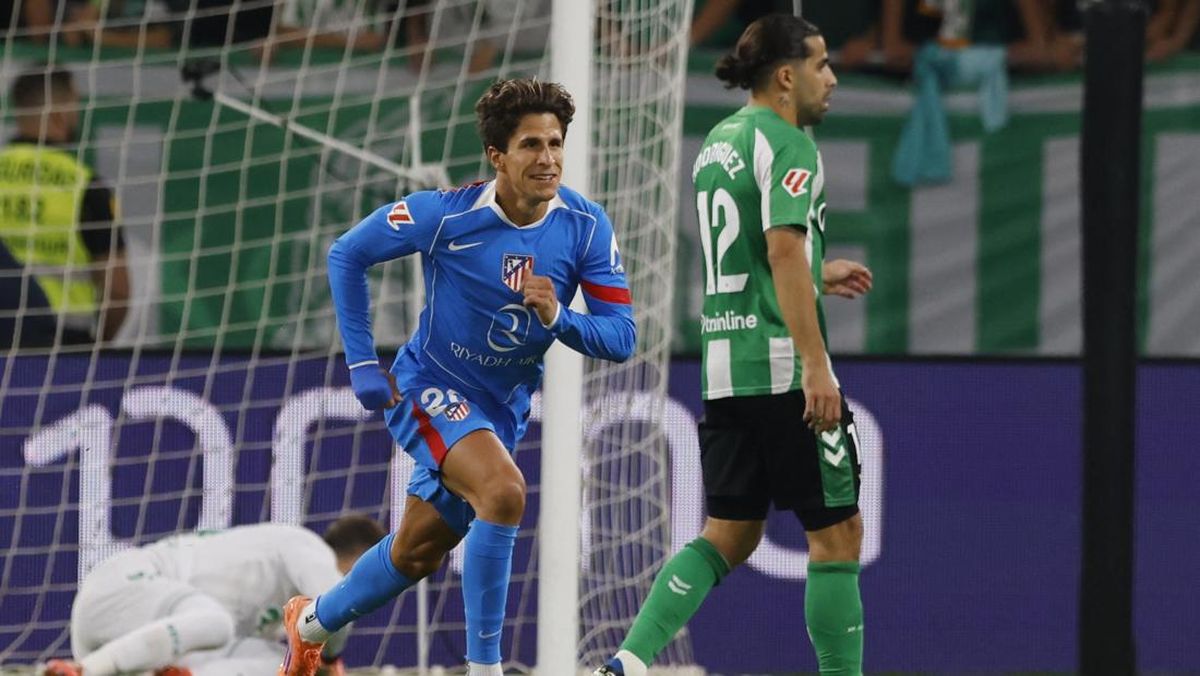Game Worlds, the current interactive exhibition at the Australian Centre for the Moving Image in Melbourne, is arranged more or less chronologically as you move through. And curiously, despite the onward march of technology and complexity, there’s a sense of things coming full circle when you arrive at the end with an area dedicated to this year’s Australian-made indie hit Hollow Knight: Silksong.
Alongside terminals running the new game are displayed notebooks filled with art and technical notes, as well as diagrams and documents describing character movement, enemy behaviour and map layout. Produced by the three-person Team Cherry from Adelaide, the documents are not dissimilar to those shown alongside 1982’s The Hobbit at the other end of the exhibition, also made by a small Australian team (Melbourne’s Beam Software).

Silksong has become a phenomenon eight years after the release of the original Hollow Knight.
A major difference, aside from the style of game, is that The Hobbit was made in a time before commercial video games were really an industry at all, and a large majority of games could be considered indie. Today, video games generate an estimated global revenue of around $600 billion per year, and for decades, the industry was shepherded by huge companies and closely guarded console architectures. Yet while corporations may still dominate, artful games made by tiny teams again have a real impact which they lacked in the early 2000s; analysts estimate Silksong sold 6 million units in just four weeks.
ACMI director and chief executive Seb Chan said that across the roughly 50 years of commercial video games, the medium has always been expanding. But that the first 20 and most recent 10 years have been characterised by more individual expression.
“What’s similar now, what’s come back, is that distribution has opened up again. I think we saw that initially with [PC marketplace] Steam, but now with other platforms too,” he said.
“It’s reminiscent of the ’80s with the Commodore 64 and the ZX Spectrum, the 64 particularly in Australia, and that network of small games that had big reach.”

Silksong being played at the ACMI Game Worlds exhibition.Credit: Matto Lucas
Chan grew up with a Commodore 64 and learned to code by pulling the games apart and examining them, which was a common practice at the time. But while an indie spirit remained on PCs throughout the ’90s, game consoles became a dominant force and platform-holders took control of distribution, meaning large-scale publishers shipping games on cartridges and discs.
These days, thanks to the internet and more open ecosystems, the indie scene has not just returned but thrived, competing alongside the biggest and most expensive games. And modding has also returned as a major way for players to express creativity or begin careers.
“What’s interesting about that [’80s] era that’s very similar to now is there’s access to the means of production – an ability to get your hands on the tools,” Chan said.
“There’s a lot of full circle there, and I feel like the middle 20 years were the locked-down years.”
Dozens of new games from small teams are being released on digital platforms every day, but those with exceptional art, innovative storytelling, unique concepts or from proven creators tend to float to the top. This includes games primarily made by just one person (Animal Well, Tunic, Balatro), games that blend familiar genres or themes (Dredge, Vampire Survivors, Cuphead) and games made in a retro style (UFO 50, Pizza Tower, Sea of Stars). With lower overheads, and from a potential audience of billions, it’s possible for games to be financially successful even if they only appeal to a niche subset of players. But some cut through to hit a broader cultural relevance.
Among the small but growing list of modern indies that have managed to capture the zeitgeist and sell more than a million copies, not counting free games or titles designed for phones, there are several that were made at least in part in Australia, including Untitled Goose Game, Unpacking, Cult of the Lamb, and the original Hollow Knight.
10 notable indie games of 2025 (so far)
Absolum - Modern art and progression meets old-school brawler.
The Alters - An emotional sci-fi cloning story.
Dreams of Another - Shooting creates a world rather than destroying.
The Drifter - Harrowing pixelated point-and-click.
Hades II - A beautiful Greek God rogue-like.
Hollow Knight: Silksong - Challenging combat-forward metroid-like.
Rematch - Arcadey online soccer.
Schedule I - R-rated narcotics business simulator.
Slay the Spire II - Fight bizarre creatures with your deck of cards.
Sword of the Sea - Tony Hawk play meets moving underwater art gallery aesthetic.
Among games on that list, few are as beloved as Celeste, a Canadian-made platformer released in 2018 that was hailed as both a masterfully crafted design and an insightful reflection on overcoming anxiety. Its creators Maddy Thorson and Noel Berry, of Extremely OK Games, were in Australia recently for Melbourne International Games Week. They agreed that the console-dominated middle period of the games industry — during which they were both creating games but didn’t have a broad mechanism to distribute them — was the odd era out, but that in addition to technological change the high price and impersonal nature of big games had driven a resurgence in indies.
“Big blockbuster games lost credibility. They went so hard on microtransactions, all the prices have gone up,” Thorson said.
“The graphics are great but … it’s like Hollywood, they’re made through a process. They’re processed games.”
Celeste and Silksong are each sold for around $30, whereas blockbuster games can go for more than three times that.
“Indie games are more approachable,” Berry said.
Loading
“If you want to spend $30 and get this cool piece of art, and it feels like it was made by individual people, that comes through a lot more in indie games. Big triple-A games are made with amazing artists who are really talented, but it’s a much bigger machine.”
Thorson and Berry can both code, and Celeste was written in C# rather than being built using a commercial game engine. The pair collaborate on art, story, design and mechanics with help from friends, which all speaks to a hallmark of solo developed or small team indie projects, a consistent creative vision and a feeling of artistic intent.
Thorson said the process of creating games holistically and touching all the various parts meant her thoughts in certain areas naturally ended up affecting others. In Celeste, many of the themes of kindness and forgiveness ended up impacting how the mechanics work, which may be part of what the audience reacted so strongly to.
“I think if you are indie, it’s probably partially because you want your fingerprints on the work,” she said.
“And that lends itself really well to people who enjoy playing games from the perspective of an art form rather than a spectacle.”
Loading
In a sense, it’s like the difference between blockbuster films and arthouse cinema, if both were equally available on the same platforms to reach the same mainstream audiences. Thorson and Berry prefer to compare game creation to making a graphic novel or a music album rather than a movie. It’s something they do primarily for themselves, letting their feelings come through without much thought given to how their art will be received, which probably isn’t the case for a blockbuster game made by hundreds of staff, costing millions of dollars and needing to appeal very broadly.
Though motivations will differ across the huge spectrum of game creators, the focus on making art for art’s sake is something shared by the Silksong creators.
“It’s the process that’s enjoyable. The satisfying thing with Hollow Knight was that we were making something that was to our tastes, and that meant that we were making things that were slightly different,” said Team Cherry’s William Pellen in an interview with ACMI curator Jini Maxwell, as part of Game Worlds.
“And it’s rewarding, obviously, when people respond to that. But it’s rewarding because it’s a suggestion that there are other people who share those likes and dislikes in games; they’re also responding to the things we agree are cool.”
Get news and reviews on technology, gadgets and gaming in our Technology newsletter every Friday. Sign up here.
Most Viewed in Technology
Loading


















































